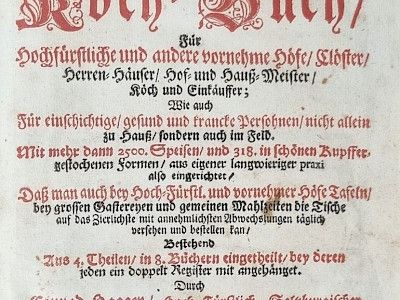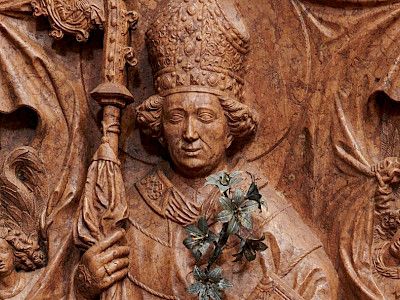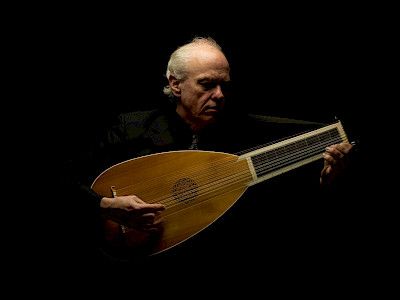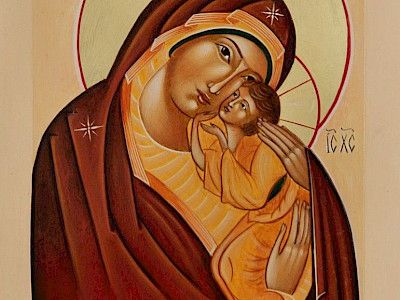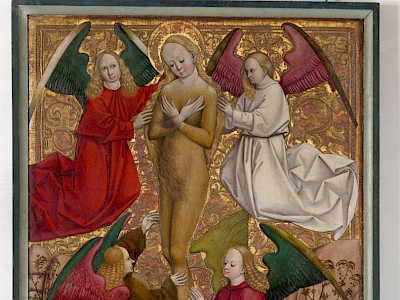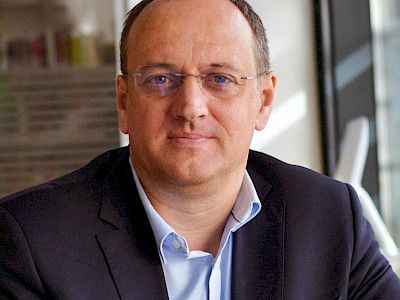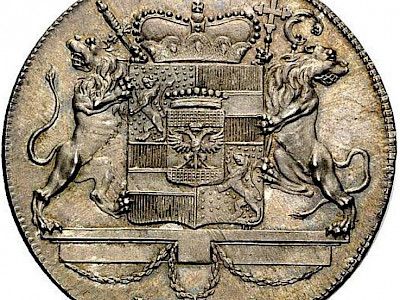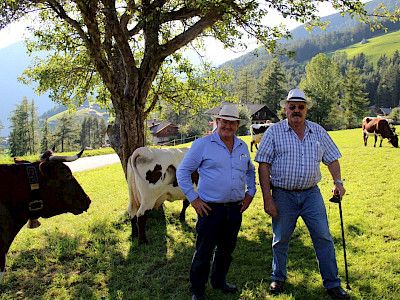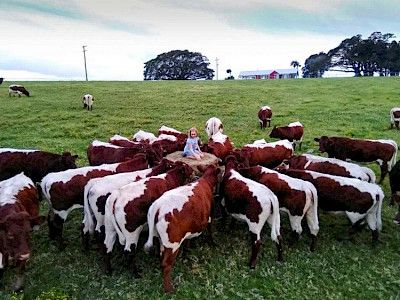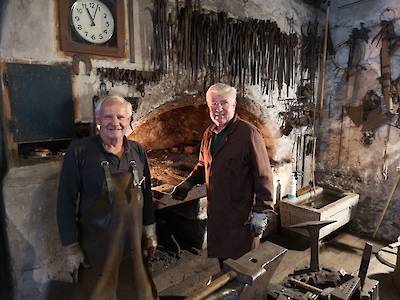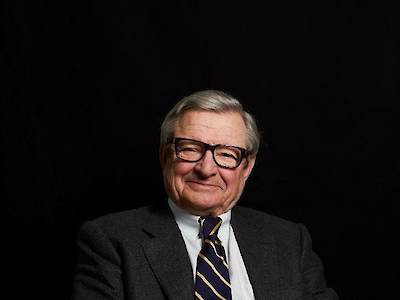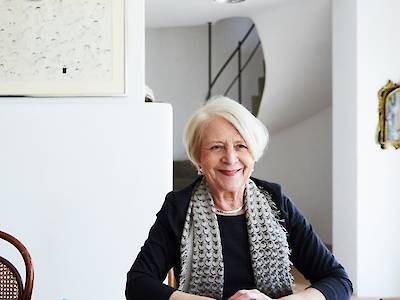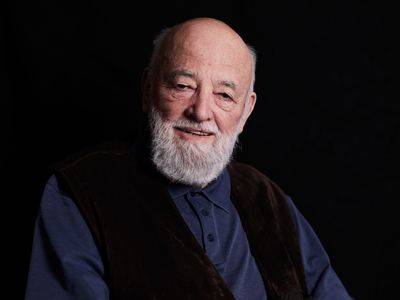Neues Salzburgisches Kochbuch
Wir möchten in diesem Blog das „Neue Salzburger Kochbuch“ von Conrad Hagger, einem der berühmtesten Köche aus der Zeit des Hochbarock präsentieren.
In diesem Blog soll den Lesern aber auch die Zeit und der Zeitgeist näher gebracht werden, ohne dabei zu einem Geschichtsbuch zu werden.
Der Heilige Vitalis
Person und Wirken des Vitalis müssen aus wenigen Quellen-Angaben erschlossen werden. Demnach war er ein enger Mitarbeiter des Wormser Bischofs Rupert (†718), der im Auftrag des Bayernherzogs Theodo II. in Salzburg die Infrastruktur für einen Bischofssitz schuf. Als 716 vier Sitze für Bayern bestimmt wurden, weihte Rupert ihn zum ersten Bischof am Ort. Wie sein Nachfolger Johannes (739-745) entstammte Vitalis wohl einem ‚Saalach-Kreis‘ von Familien mit Besitz in Wals, Reichenhall und dem Pinzgau, deren Schenkungen an St. Peter den Pinzgau erschlossen, wie zuvor jene eines ‚Salzach-Kreises‘ von Stiftern aus Puch-Oberalm den Pongau. Vieles spricht für die Beliebtheit des Bischofs und eine konfliktfreie Amtszeit unter den in Salzburg residierenden Herzögen Theodbert († ca.720) und Hugbert (†735). Vitalis starb an einem 20. Oktober, vermutlich Ende der 720er Jahre. Am Todestag wurden später Arme mit Brot und Käse aus Pinzgauer Abgaben an St. Peter gespeist. Schon für 846 werden Vitalis-Reliquien erwähnt, sodass er auch als erster einheimischer Heiliger gelten kann.
Ein Interview mit Hubert Hoffmann
Hubert Hoffmann ist einer der weltweit führenden Lautenisten und Lautenexperten. Er hat sich in letzter Zeit auch viel mit der Instrumentenfamilie der Cister und dem Cithrinchen beschäftigt.
Ukrainische Ikonen
Durch enge Zusammenarbeit mit dem Ukraine Office Austria, insbesondere mit dessen Leiter MMag. Andreas Wenninger, können erstmals ukrainische Ikonen den Besuchern des Bergbau- und Gotikmuseums präsentiert werden.
Die Sammlerfamilie Vogl, Kitzbühel
Wer war diese Maria Vogl (1864-1950), die so fantastische Gotikkunst in unsere Zeit rettete? Die als Frau ihrer Zeit die Hosen anhatte und wertvollste Kunstwerke aus dem direkten Umfeld von Kitzbühel sammelte - Puzzleteile einer Familiengeschichte.
Ukraine at War
The war in Ukraine did not come as a surprise. Over 150,000 Russian soldiers near Ukraine’s borders with heavy military equipment and an increasing number of warnings from the U.S. What did come as a surprise was the extent of the invasion.
The return of Prince-Archbishop Colloredo‘s lions
On the preservation of the famous 1790 Lion Thaler, a valuable cultural asset from Salzburg
The story of Pinzgauer Cattle in Africa
The Pinzgauer breed was first imported to Africa in 1893 as part of the SF (Schweizerischer Fleckviehzuchtverband) by the colonial government for Austrian and German settlers in the German colony of Deutsch-Südwestafrika (German South West Africa), now Namibia.
An Austrian with Pinzgauer Cattle in Australia
The Pinzgauer Cattle are very special animals, which thrive even under Australian conditions. They are very sweet, resistant, and productive mother cows, ideal for smaller farms, and a wonderful reminder of Austria in our meadows.
The plague in Pinzgau
The achievements of modern medicine led us to the erroneous assumption that epidemics were under control and that a pandemic could no longer exist, but the Corona crisis has brought us back to reality. However, by recognizing the how contagious the disease is, we can get it under control more easily and thus cope better with the spread of infectious diseases, e.g. through cross-border measures, than people did in former times, who, for example, were helplessly exposed to the plague.
Renaissance of blacksmithing
The two Leogang smiths Reinhard Riedlsperger and Josef Schett talk about their career, the reactivation of the Hüttschmiede smithy and the future of this almost forgotten craftsmanship.
A special gift
At the end of June 2019, Christian Jirkal made an extraordinary find during a forest hike – a throwing axe from the Early Middle Ages. After seeking evaluation from Martin Seiwald, Jirkal decided to donate the valuable piece from the area to the Leogang Mining and Gothic Museum.
Piece by Piece
Guest blog: The magnificent tile stoves of the South German stove builder Hans Kraut (1532 – circa 1592) are considered valuable rarities. From May 2018, Marina Parić was commissioned by the MAK to renovate the impressive 16th-century tiled stove. Since February 2019, it has been on loan at the Leogang Mining and Gothic Museum.
From Ground Zero
For thousands of years, mining has shaped the Leogang area. Around three decades ago, Hermann Mayrhofer erected a monument in honor of the mining history in the Leogang Mining and Gothic Museum. Every day, he and his team continue to work on the development of the museum.
Pride and Joy
In this interview, Heinrich Spängler explains why the Leogang Mining and Gothic Museum is of international standing, why a range of cultural activities are important for a region, and what mules have to do with the Bankhaus Spängler.
Off to the countryside!
Trude Kaindl-Hönig is the co-owner of the Salzburger Nachrichten daily newspaper. As the former leader for special projects, she has pursued many projects in the social and cultural sector and, on top, has been very supportive of the Leogang Gothic and Mining Museum. To her, the development of the museum over the last few years has been “simply incredible”.
Gothic Love
Sepp Forcher first came to Leogang in the 1950’s to search for minerals in the Danielstollen tunnel. This wasn’t explicitly prohibited, but also not entirely legal. Several years later, he got to know Hermann Mayrhofer and the Leogang Mining and Gothic Museum. Ever since then, the love for Gothic art has been what connects them.
